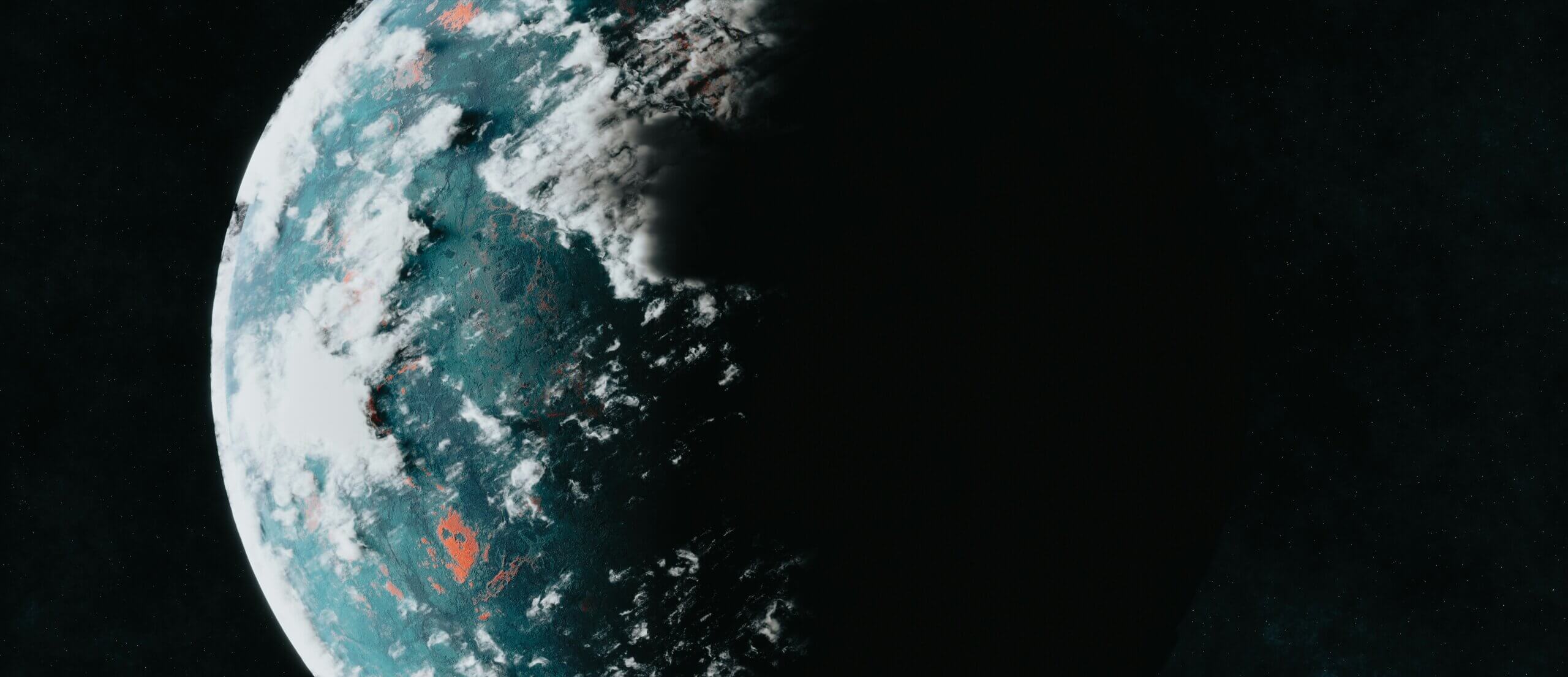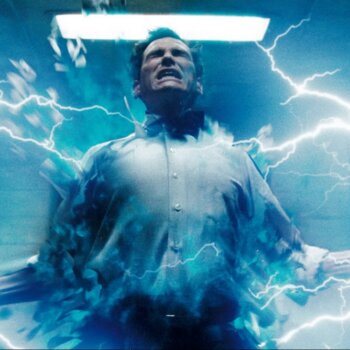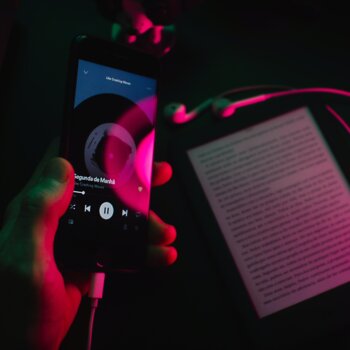Key Takeaway:
Nasa’s Artemis program is set to return astronauts to the Moon and establish a permanent orbiting laboratory by the end of the decade. As humanity’s footprint expands, a new field emerges: astroforensics. Space presents a unique and harsh environment for forensic investigations, with altered gravity, cosmic radiation, extreme temperatures, and oxygen-providing climate systems. Gravity plays a critical role in forensic science disciplines like bloodstain pattern analysis, which relies heavily on gravitational effects to determine the circumstances under which blood stains are formed. A study published in Forensic Science International: Reports found that microgravity changes the behavior of blood drops and the stains they create. This research will impact forensic sciences, as well as more traditional natural sciences, such as fluid dynamics in spacecraft design and analyzing faults in space forensic engineering following a spacecraft malfunction.
Nasa’s Artemis program is scheduled to return astronauts to the Moon and establish a permanent orbiting laboratory by the end of the decade.
Meanwhile, private companies are making significant steps in taking paying customers further into space. As humanity’s footprint expands beyond the familiar terrains of Earth to the Moon and possibly beyond, an intriguing new field emerges from the final frontier: astroforensics.
This discipline, still in its infancy, is propelled by the inevitability of human nature. Space presents a unique and harsh environment for forensic investigations. Settings that present altered gravity, cosmic radiation, extremes in temperature, and the need for oxygen-providing climate systems provide a few examples of the unearthly variables that are faced by future explorers.
Unlike Earth, where gravity, a constant force, shapes many aspects of our reality, the significant reduction of gravity in spaceintroduces novel challenges in understanding how evidence behaves. This shift is crucial for forensic sciences like bloodstain pattern analysis, which relies heavily on gravitational effects to determine the circumstances under which blood stains are formed.
The thought of gravity in space immediately conjures images of astronauts hauntingly suspended in the void of space or floating gymnastics in the International Space Station (ISS).
However, true zero gravity exists far away from any celestial bodies. When close to a body such as a Moon or a planet, there will be a gravitational influence, including when in orbit around a planet like Earth.
Therefore, most environments in space have low or microgravity rather than zero gravity. Given that gravity is ubiquitous and largely constant, we pay very little attention to it, usually automatically factoring it in to calculations as a constant without a second thought.
Altered gravity
But for a forensic science discipline like bloodstain pattern analysis, gravity plays a critical role in how airborne liquid blood interacts with a surface and creates stain patterns. Bloodstain pattern analysis is the use of fluid dynamics, physics, and mathematics to understand the flight and origin of blood and interpret how it was deposited on a surface in criminal investigations.
In a recently published study, we and our colleagues sought to understand the beginning principles of how the altered gravity environment of space will affect future forensic science disciplines.
For this study, published in Forensic Science International: Reports, we used a parabolic flight research plane that induces short periods of microgravity because of its up-and-down flight path. This type of flight has colloquially been referred to as the “vomit comet”.
During this period of freefalling microgravity, a number of blood drops would be projected onto a piece of paper, and the resulting bloodstain was then analysed using routine earthbound protocols. While the concept sounds simple, there was a challenge in creating a safe and controllable area to conduct experiments in a plane that was basically falling to Earth for 20 seconds.
Therefore, the experimental environment had to be attached to the cabin of the research plane, and all bloodstain generation and documentation made easily controllable. Experiments were conducted inside a repurposed paediatric incubation chamber, referred to as a glove box. This chamber is used in space medicine research for studying haemorrhage control.
A synthetic analogue of blood was used instead of real blood due to biohazard concerns in the cabin of the plane. This analogue substitute mimicked the physical properties of blood’s viscosity and surface tension. To initiate the experiment, the analogue blood was loaded into a syringe, and once microgravity was induced in free-fall, the syringe was manually depressed to project the blood across 20cm onto a sheet of white paper.
While this bears little resemblance to true criminal scenarios, it is the interaction between the blood and the surface that is of interest to the forensic investigator –- rather than the actual mechanism of projection. The blood-stained papers were then photographed and analysed as per normal procedures.
We found that microgravity does indeed change the behaviour of the blood drops and the stains they create. On Earth, blood tends to fall in a parabolic manner, with gravity pulling down on it until it strikes a surface. But in this case, the blood continued to travel in a straight line until it hit the surface.
This straight-line flight path is a fluid example of inertia in action. However, with a distance of only 20cm, this had minimal effect on the subsequent pattern.
This difference would become more apparent over larger distances, but the operational limitation of the parabolic research aircraft means it would be difficult to recreate effectively. The second key observation was the spreading action of the blood upon striking the surface.
In the typical gravity environment of Earth, liquid blood drops will undergo a series of stages in the stain creation process. This entails the droplet’s collapse, the formation of a small wave, and the spread into a final stain shape.
However, when gravity is eliminated from this action, the spreading action is inhibited by the dominating force of surface tension and cohesion, resulting in a stain shape and size that is smaller than its terrestrial twin.
We are at the beginning of a new research era, exploring the impact of the extra- terrestrial environment upon the behaviour of forensic evidence. Still, the impact of this research is not only limited to forensic sciences but more traditional natural sciences as well, such as fluid dynamics in spacecraft design and analysing faults in space forensic engineering following a spacecraft malfunction.
In order to expand research in this new forensic discipline, larger microgravity environments will be required and the authors would be more than happy to operate the galaxy’s first extraterrestrial forensic science laboratory.





























